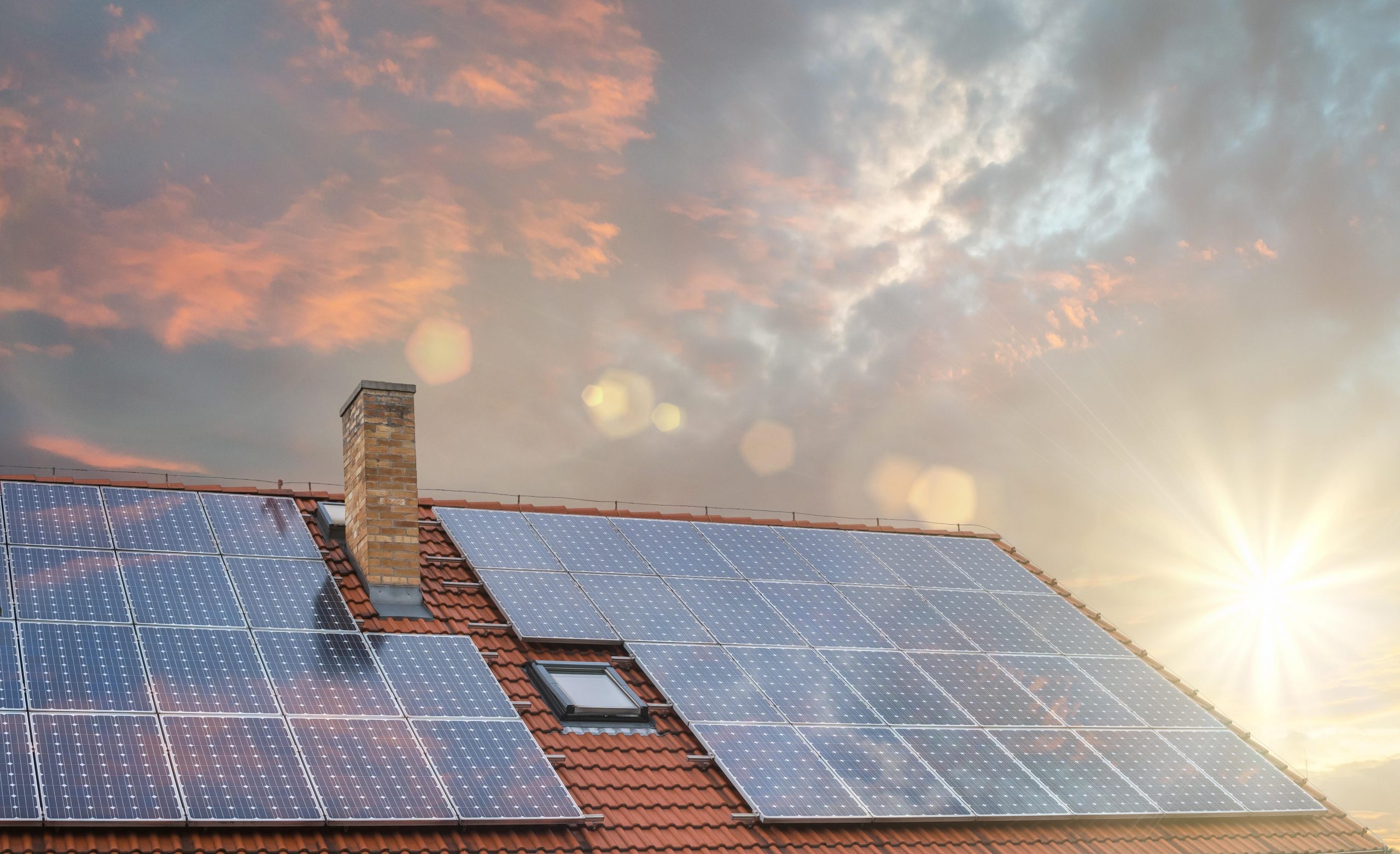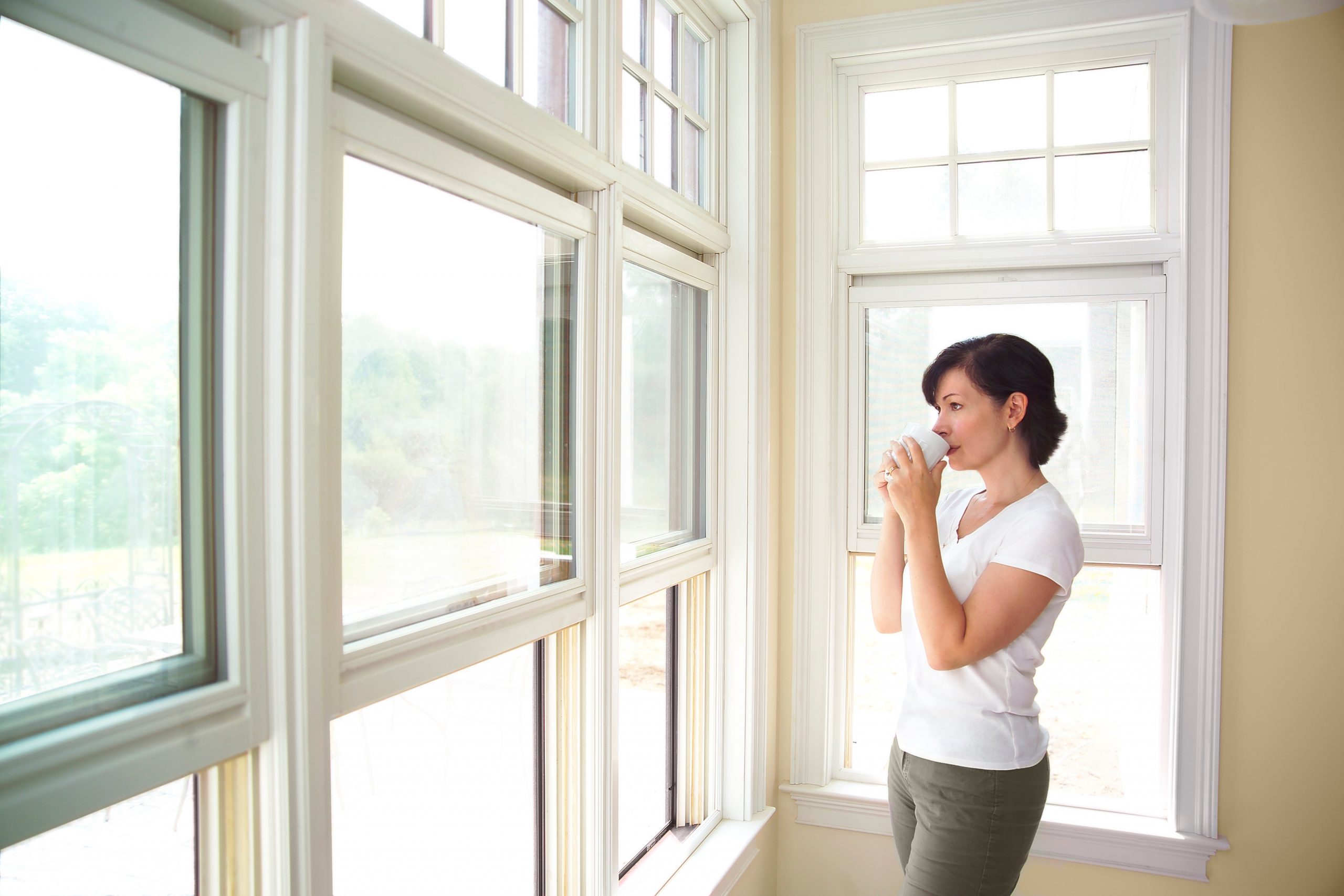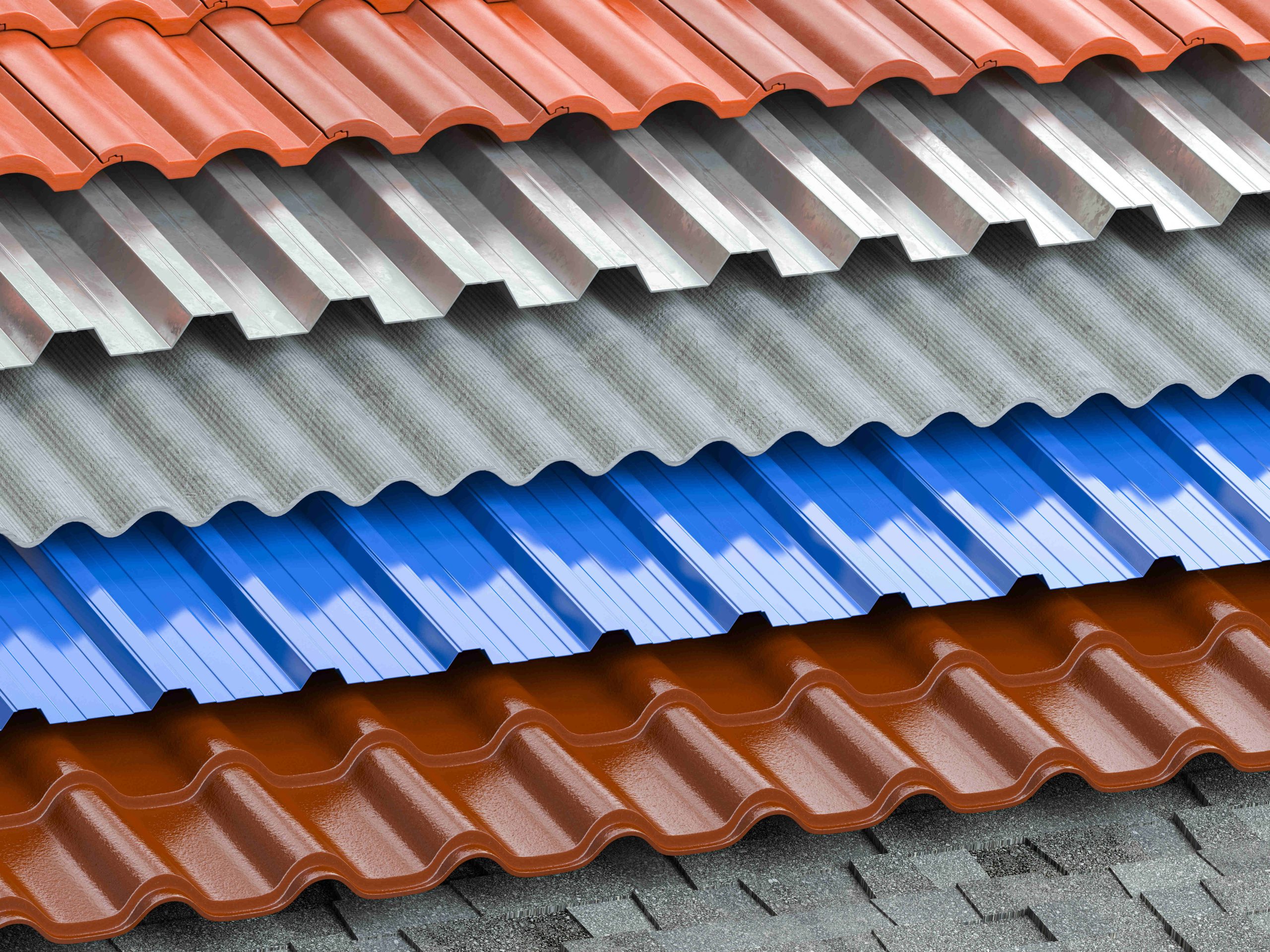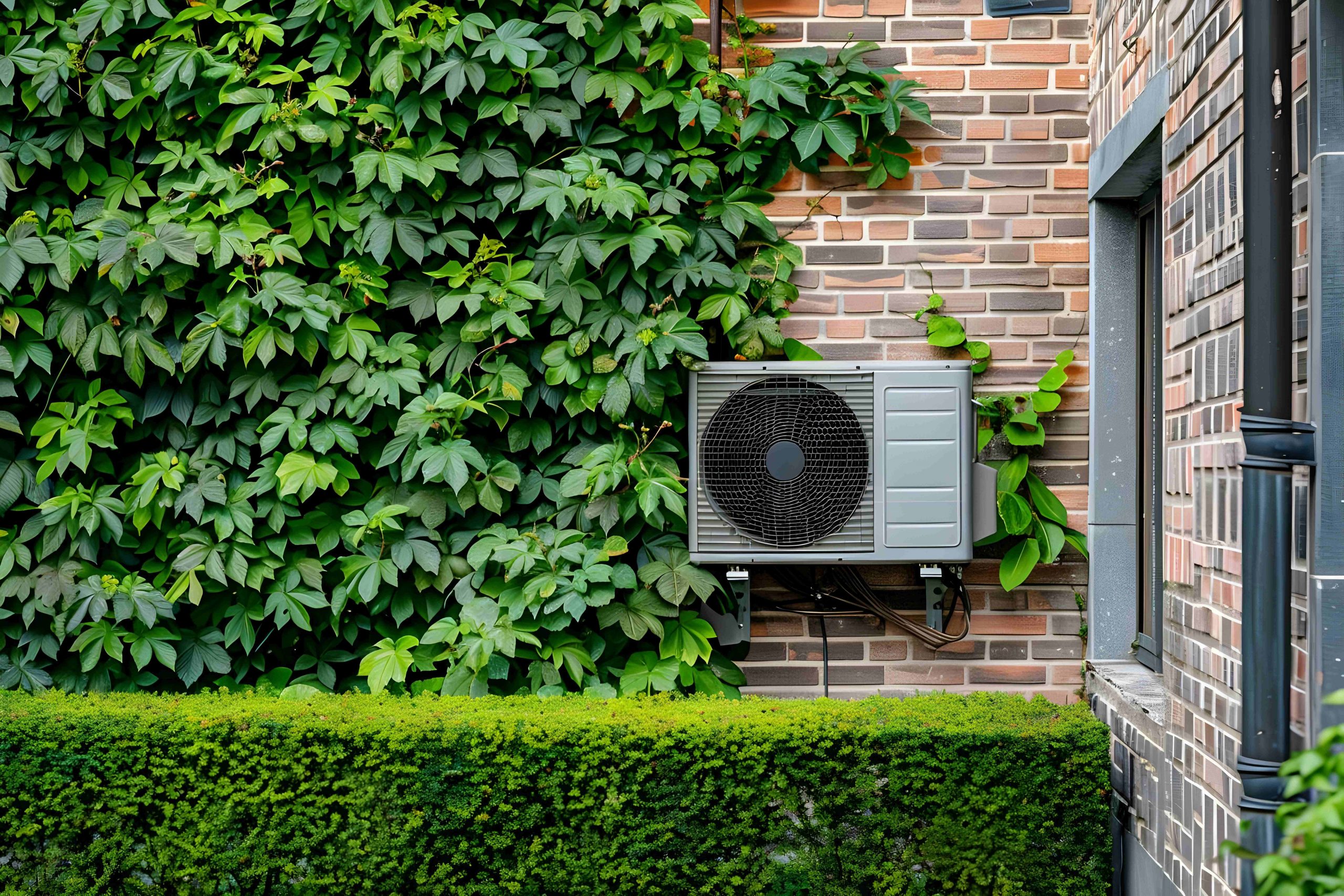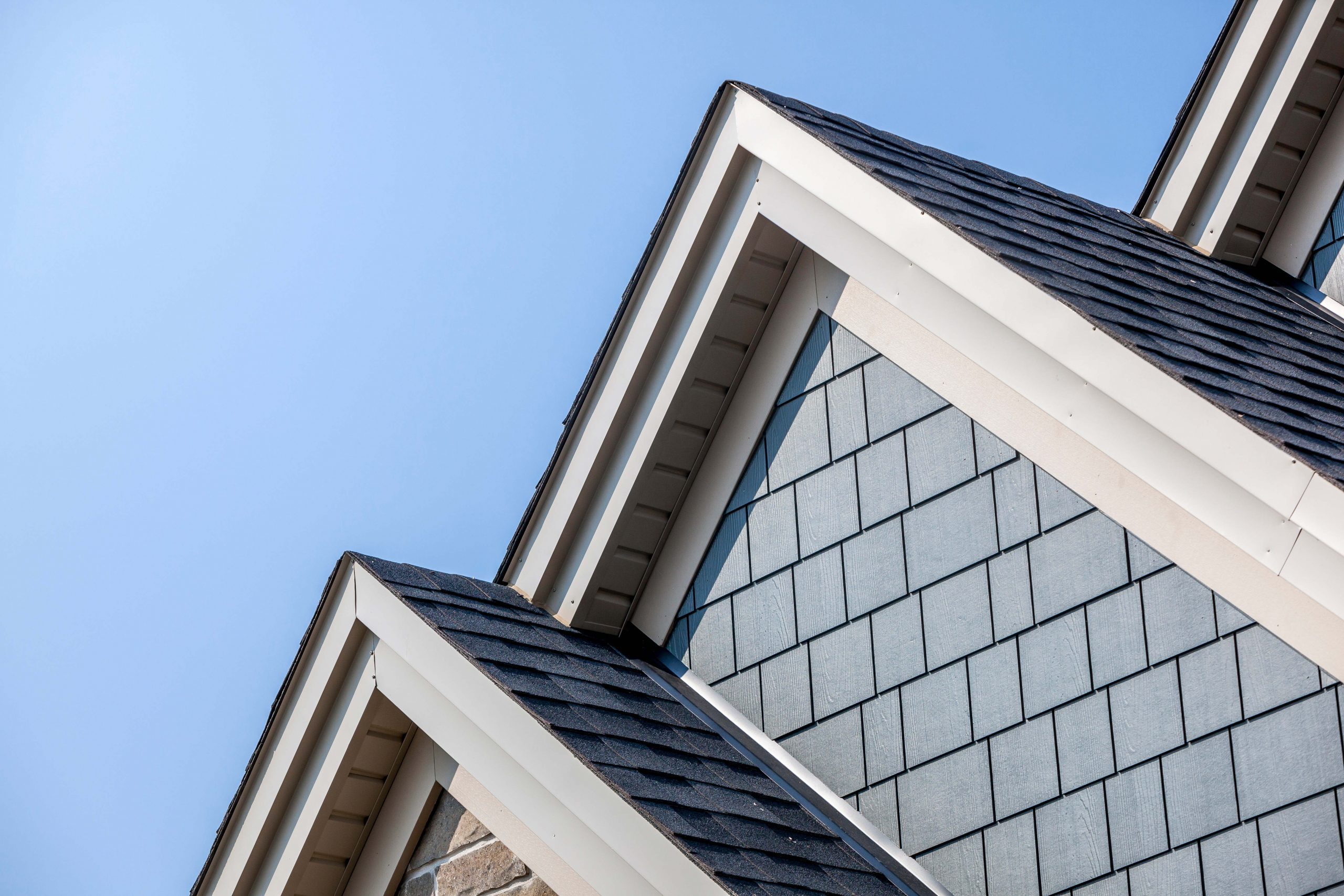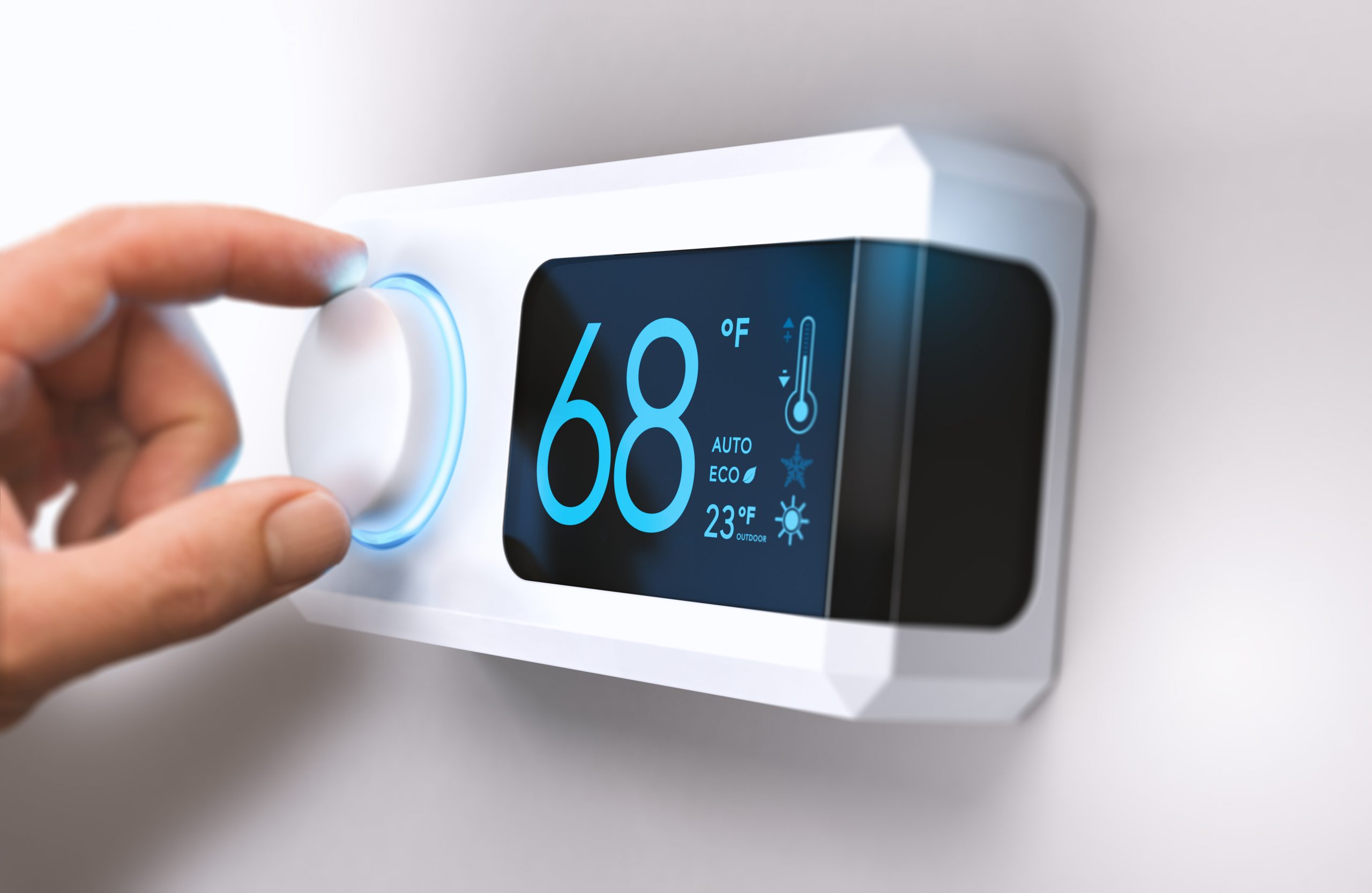Welcome to another informative piece from Casability! If you’re considering harnessing solar power for your home, knowing which states get the most sunlight is crucial. This guide will shine a light on the top sunshine states ideal for installing solar panels, helping you make a smart, informed decision.
Sunlight and Solar Panels: A Perfect Match
Solar panels convert sunlight into electricity, making locations with more sunny days ideal for solar installation. More sunlight means more energy production, which can lead to greater savings on your energy bills.
States Bathed in Sunlight
Different states in the U.S. receive varying amounts of sunlight, impacting the efficiency and benefits of solar panel installation.
California: The Solar Powerhouse
A Leader in Solar Energy
California is renowned for its sunny climate, making it a prime location for solar power. The state offers generous incentives for solar panel installation, further sweetening the deal for homeowners.
Benefits for Californians
- Abundant Sunlight: High solar irradiance throughout the year.
- State Incentives: Various programs and rebates to reduce installation costs, including the California Solar Initiative and property tax exemptions for solar systems.
Arizona: The Sunbelt Jewel
Year-Round Sunshine
Arizona’s desert climate provides ample sunshine, ideal for solar energy production. Its clear, sunny skies make it one of the best states for solar panels.
Advantages for Arizona Residents
- Consistent Sunlight: Few cloudy days, ensuring steady solar energy.
- Increasing Adoption: Growing support and infrastructure for solar energy, including net metering policies and state tax credits.
Nevada: Bright Lights and Brighter Sun
A Solar Haven
Nevada’s sunny disposition is perfect for solar panels. The state’s vast, sun-drenched landscapes offer excellent opportunities for harnessing solar energy.
Nevada’s Solar Perks
- High Solar Potential: One of the highest average annual sunshine in the country.
- Supportive Policies: Encouraging policies for solar energy usage and investment, such as renewable energy incentives and solar access laws.
Texas: The Big, Bright Star
A Rising Solar Star
Texas, known for its wide-open spaces and sunny weather, is quickly becoming a leader in solar energy. The state’s large size and sunny climate are perfect for solar installations.
Texas Solar Benefits
- Diverse Climate: Ample sunlight in most regions, particularly in the western part of the state.
- Growing Solar Market: Increasing investment in solar technology and infrastructure, coupled with utility rebates and federal tax credits.
Florida: The Sunshine State
Living Up to Its Name
Florida’s nickname, “The Sunshine State,” speaks volumes about its solar potential. It offers a great environment for solar panels with its subtropical climate.
Solar Advantages in Florida
- Natural Solar Resource: Plenty of sunny days throughout the year.
- Solar Incentives: Various state and local incentives for solar installation, including the Solar and Energy Loan Fund and property tax exemptions.
Solar Panel Installation: Factors Beyond Sunlight
While sunlight is a primary factor, there are other considerations before installing solar panels.
Local Incentives and Regulations
Research Local Incentives: Look into local incentives, rebates, and regulations in your state to maximize benefits. Programs like net metering can significantly increase the financial returns of your solar investment.
Energy Needs and Roof Suitability
Assess Your Home’s Energy Needs: Understand your household’s energy consumption patterns to determine the appropriate size of the solar system.
Roof Suitability: Ensure your roof is suitable for solar panel installation, considering factors like roof angle, orientation, and structural integrity.
Choosing the right state for solar panel installation is key to maximizing the benefits of solar energy. States like California, Arizona, Nevada, Texas, and Florida offer excellent conditions for harnessing the sun’s power. However, consider local factors like incentives and your home’s specifics when planning your installation. At Casability, we’re here to provide you with all the information you need to make a confident, cost-effective decision in your solar energy journey.
